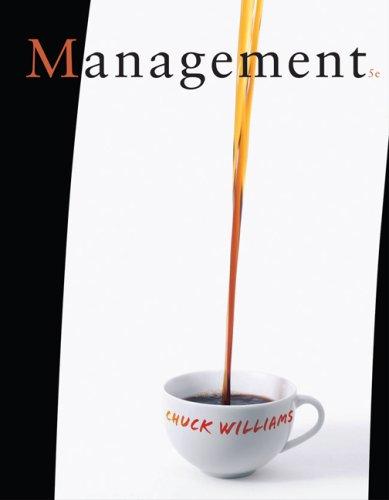2. As the manager in question, draft the appropriate operational plan(s) for this situation. Think about issues
Question:
2. As the manager in question, draft the appropriate operational plan(s) for this situation. Think about issues like random versus regular testing, current employees versus future applicants only, all employees or only warehouse workers, the consequences of testing positive, and so forth. The end of the week is always a relief, but this Friday, after everyone clocks out, you have a meeting with the company’s frontline managers to discuss various problems that have been occurring in the warehouse. You’ve been bracing for the challenge since Monday.
Once all the managers are assembled, you begin to list the troubles that have been plaguing the warehouse. Petty theft and minor accidents have increased markedly in a relatively short period of time. Employees have run forklifts into walls and dropped pallets of boxes onto the fl oor as they were being moved. Items have disappeared from shipments being held by the company for its trucking customers.
There have even been rumors that marijuana is being bought and sold on the premises. After you recite the laundry list of problems, you tell your managers that you don’t think any single employee is the source of all these problems.
Instead, you boldly state your suspicion: Drug use is probably the root of the problems in the warehouse.
A mumble circles the room, but no one wants to discuss the issue openly. Some managers look worried, others shocked, and the rest—you can’t tell. So you begin slowly by saying, “I think we need to do drug testing. I’m sure we can’t blame all our problems on drug use, but I’m convinced it’s a contributing factor.” You cite several successful companies that are committed to a drug-free workplace and some statistics on how much drug use costs U.S. businesses—$81 billion per year. Testing 100 employees over the course of a year will cost only about
$5,000, but the average substance abuser costs his or her employer between $11,000 and $13,000 per year. Adding to the cost savings, the state gives a 5 percent rebate on workers’ compensation insurance to certifi ed drug-free workplaces. You conclude by saying, “I’ll put together some materials for us to review next week.”
Step by Step Answer:






